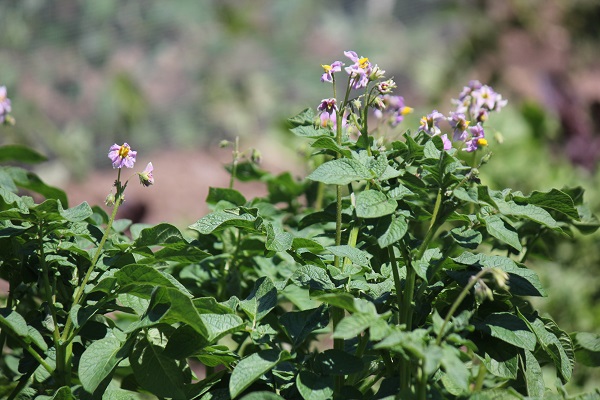Community Garden Update: Summer's End; Cleaning up Our Plot
As I write this, the garden's life flashes before my eyes: the show begins with the cold silvery skies that loom over the plot as we examine it for the first time: two squares of hard, un-turned earth. Then come the first warm days of spring, a knife cutting the landscape fabric that separated one moiety of the plot from the other, the dark brown soil being revealed by a shovel, grass being pulled from its depths, rows being formed in the plot, which has now been unified into one rich brown rectangle.
And after that, the skies turn blue and stay that way for a while.
I see seeds being sprinkled into that dirt, and wee plants being nestled down into it. These images are followed by the brightness of the early days of summer when you couldn't believe that things were really growing when, the row of dense green spinach came and went, then was replaced by tiny broccoli plants and watermelon.
Summer inches towards its peak, bringing days when plants are little one morning and huge the next.
Those big pumpkin seeds explode into plate-sized leaves and thick, rambunctious vines that almost overtake the entire garden. The tiny tomato plants with big cages to fill now take up all the space in those cages, and disguise the wires from view completely. Even the meager potatoes grow and grow. Purple flowers blossom and disappear. Tubers grow beneath the surface.
The best part was that all of these crazy green creatures were making food. Not an unsatisfactory facsimile of food, but genuinely edible stuff like you might find in a grocery store, except cleaner and tastier.
And right about when everything is bursting with life, color, energy, and I can hardly believe that the garden is doing so fantastically, the sky turns gray again and brisk autumn winds begin to blow the life out of the garden.
Wayward tomatoes begin to rot on the muddy floor, pumpkins have turned orange and left home while their mother plants turned brown and brittle, all of the onions' stalks lie crumpled on the ground- there aren't any potatoes left. The harvest is swept away into big bags, canned, eaten, frozen.
All that is left are the tan, crispy skeletons of productive lives that passed in the blink of an eye and the dirt that sustained them all.
It's time to clean up the garden.
And after that, the skies turn blue and stay that way for a while.
I see seeds being sprinkled into that dirt, and wee plants being nestled down into it. These images are followed by the brightness of the early days of summer when you couldn't believe that things were really growing when, the row of dense green spinach came and went, then was replaced by tiny broccoli plants and watermelon.
Summer inches towards its peak, bringing days when plants are little one morning and huge the next.
Those big pumpkin seeds explode into plate-sized leaves and thick, rambunctious vines that almost overtake the entire garden. The tiny tomato plants with big cages to fill now take up all the space in those cages, and disguise the wires from view completely. Even the meager potatoes grow and grow. Purple flowers blossom and disappear. Tubers grow beneath the surface.
The best part was that all of these crazy green creatures were making food. Not an unsatisfactory facsimile of food, but genuinely edible stuff like you might find in a grocery store, except cleaner and tastier.
And right about when everything is bursting with life, color, energy, and I can hardly believe that the garden is doing so fantastically, the sky turns gray again and brisk autumn winds begin to blow the life out of the garden.
Wayward tomatoes begin to rot on the muddy floor, pumpkins have turned orange and left home while their mother plants turned brown and brittle, all of the onions' stalks lie crumpled on the ground- there aren't any potatoes left. The harvest is swept away into big bags, canned, eaten, frozen.
All that is left are the tan, crispy skeletons of productive lives that passed in the blink of an eye and the dirt that sustained them all.
It's time to clean up the garden.
 |
| Clean-up begins. |
 |
| Weeds are pulled and hula-hoed. |
 |
| With the exception of cauliflower plants, our garden is restored to bare earth. |


Comments
Post a Comment
Thanks for your comments!